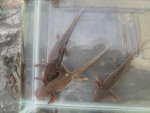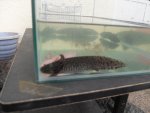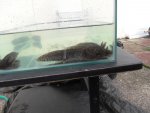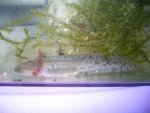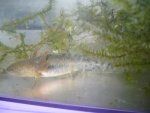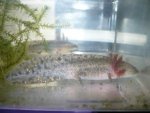Coastal Groovin
Active member
I would expect that mexicanum X andersoni hybrids are were already sold by someone as an axolotl. I'm not against them as long as they are sold as hybrids. They would never pass as an Andersoni but probably an axolotl. You should breed them back to andersoni to see what those offspring look like.



